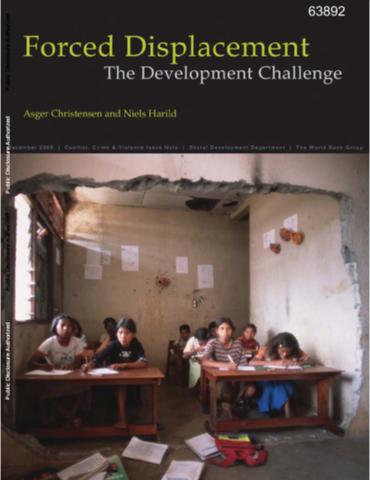Reserve selection with minimum contiguous area restrictions: An application to open space protection planning in suburban Chicago
Conservation efforts often require site or parcel selection strategies that lead to spatially cohesive reserves. Although habitat contiguity is thought to be conducive to the persistence of many sensitive species, availability of funding and suitable land may restrict the extent to which this spatial attribute can be pursued in land management or conservation. Using optimization modeling, we explore the economic and spatial tradeoffs of retaining or restoring grassland habitat in contiguous patches of various sizes near the Chicago metropolitan area.



